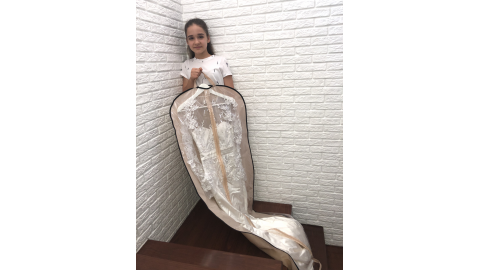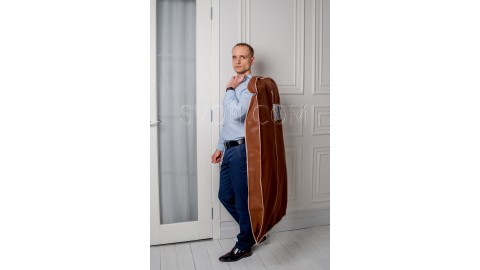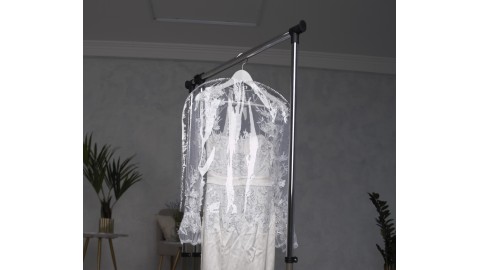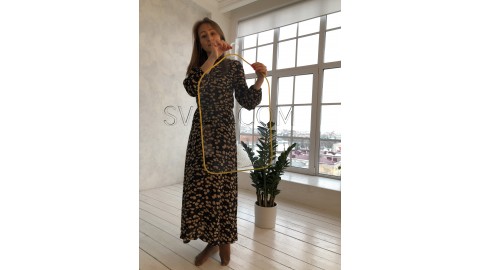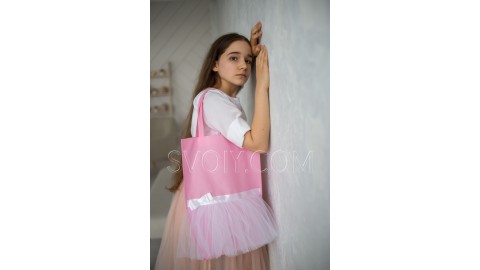Your shopping cart is empty!
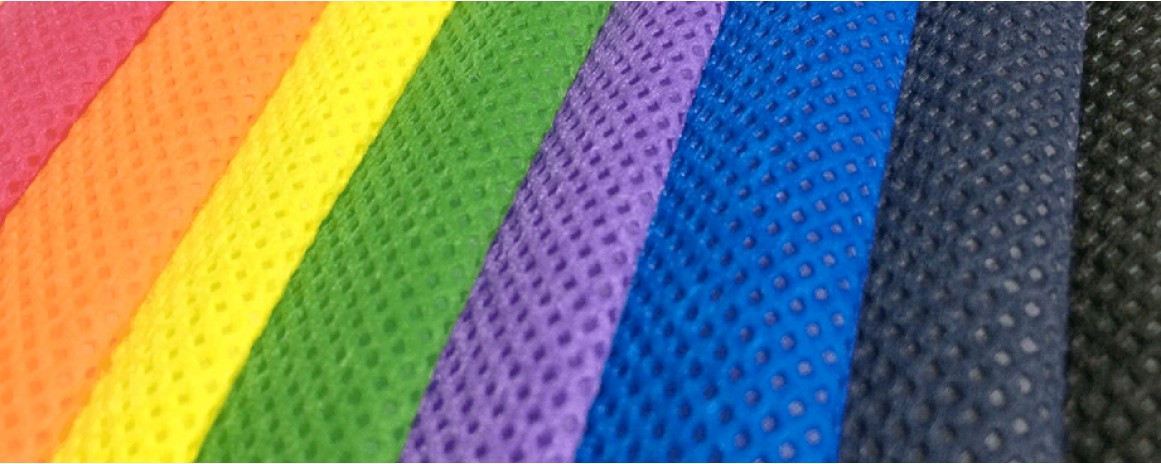
Spunbond and Its Distinguishing Properties
Let’s delve into the mystery of spunbond.
Spunbond is a nonwoven fabric made from thin polymer threads. The manufacturing method includes melting the raw polymeric materials and extruding them through a spinneret (a metal plate with small holes). The resulting fibres harden once exposed to air, after which they are laid out to form a sheet and bonded together in one of several ways, depending on the desired properties and what the resulting material is intended for.
Originally spunbond was conceived as a geotextile – a material for separating layers of soil during roadwork, foundation construction and landscaping. Today, nonwoven synthetic materials are used in construction – as membranes, in agricultural activities, in the food industry, and in light industry – as padding, as well as for manufacturing disposable medical clothing and bedding, for manufacturing bags and packaging, and also for making covers for all types of clothing.
Properties:
- High tensile strength even when the spunbond is thin.
- Lightweight.
- Resistant to creasing and abrasion.
- Low electrical conductivity.
- High breathability.
- Hygienic properties — the material does not produce toxic substances in contact with air or water, is not affected by mould and does not rot, and therefore is ecologically safe.
- Does not absorb moisture.
- Does not let dust through, but remains breathable.
For its versatility, properties and affordable price, spunbond can rightly be called a modern, 21st century material.
Comments: 0
No comments
Leave a Reply
Your email address cannot be published. Required fields are marked*
Popular Posts

